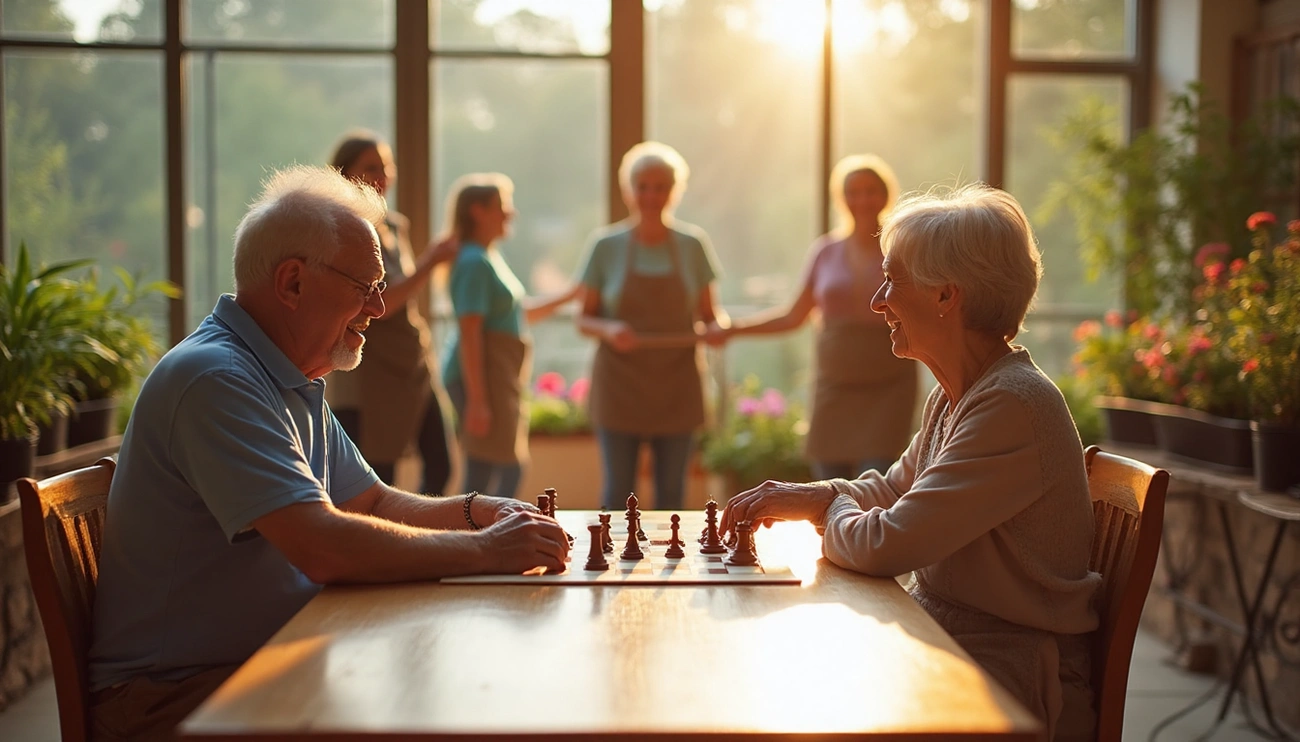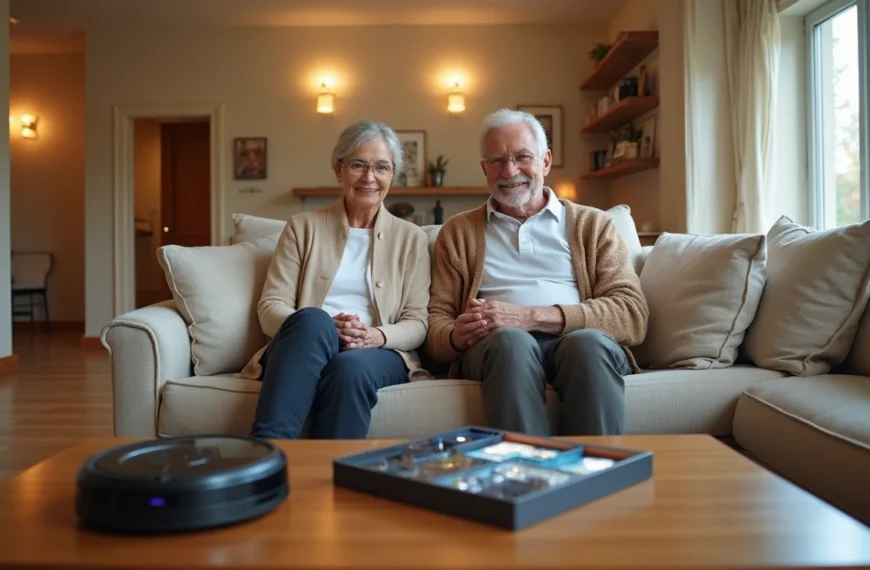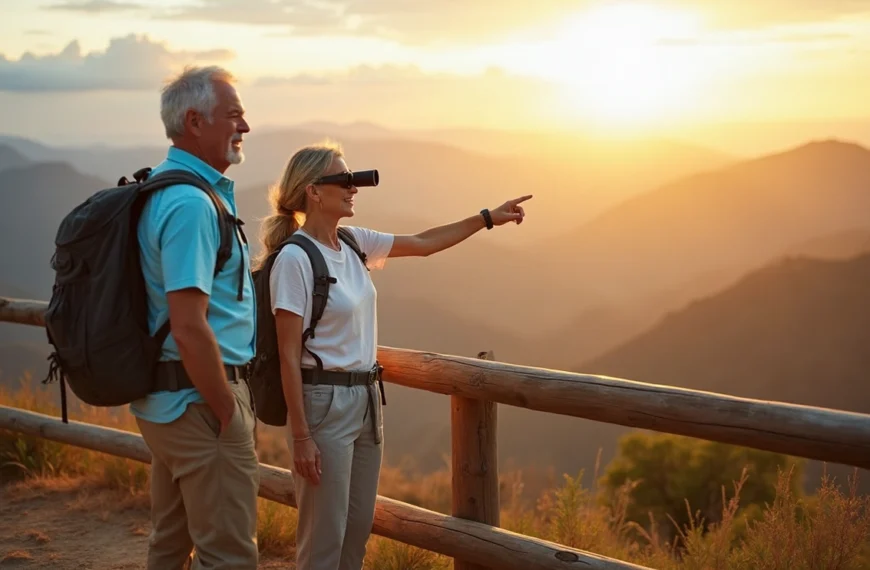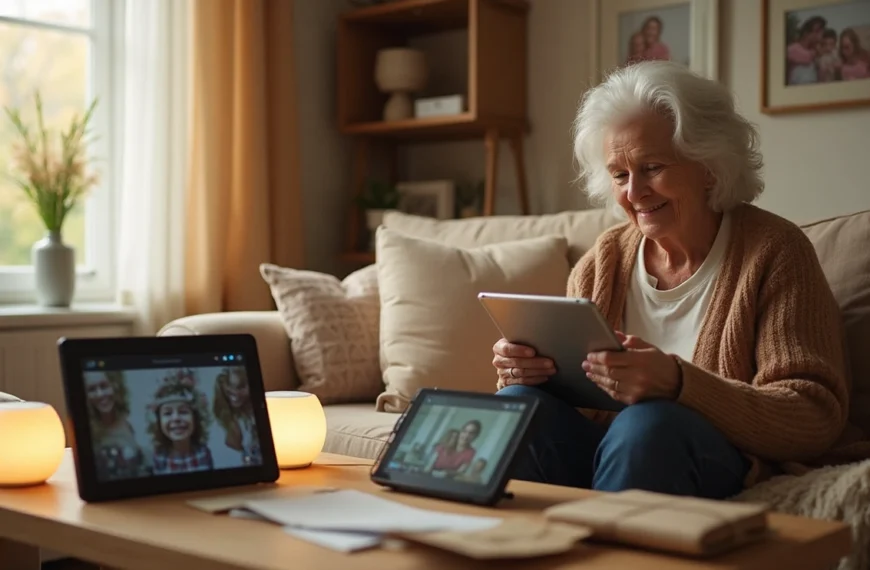Activities for seniors go way beyond the reach and influence of traditional bingo halls. Recent data shows that all but one of these four seniors lived in social isolation during 2020. This highlights how significant meaningful activities are to their well-being.
Regular participation in hobbies and group activities brings substantial benefits. Seniors who stay active face lower risks of cognitive decline. They feel less lonely, move better, and find a stronger sense of purpose. The National Institute on Aging’s research proves that active older adults tend to live longer. They think better, show greater resilience, and feel happier overall. Learning about different hobbies can boost seniors’ quality of life by a lot. These activities also serve as vital self-care practices, especially when you have existing health conditions to manage.
This piece offers enriching alternatives to typical senior activities. You’ll discover everything from volunteering opportunities that promote purpose to social events that build stronger community bonds.
Activities That Bring a Sense of Purpose
Seniors need more than just ways to pass time. They thrive on activities that give their lives meaning, which leads to better health and a more fulfilling life.
1. Volunteering for a cause you care about
Senior volunteers create ripples of change in communities while enriching their own lives. A 2017 study showed 77 million adults in the U.S. gave 6.9 billion hours to volunteer work, creating $167 billion in economic value. The personal rewards tell an equally compelling story.
Studies show older adults who volunteer see remarkable improvements in their health. About 84% of volunteers maintain or improve their health after two years of service. The numbers look even better for mental health – 78% of seniors who started with depression felt better after regular volunteering.
The physical rewards are significant. Regular volunteering reduces the risk of functional decline, heart disease, and memory problems. Seniors putting in 100+ hours each year live longer and stay more active.
Volunteering lifts spirits and gives people a stronger sense of purpose. The social benefits are clear too – 88% of volunteers felt less lonely after getting involved.
Seniors can find volunteer work in many places:
- Community and senior centers
- Food banks and meal delivery services
- Schools, libraries, and museums
- Parks and community gardens
- Faith-based organizations
2. Mentoring or tutoring younger generations
Something magical happens when seniors share their wisdom with young people. These relationships enrich both lives in special ways.
Mentoring keeps seniors sharp, healthy, and happy. Many find new meaning in life by passing on their knowledge. Research backs this up – 61% of older tutors became better teachers through working with youth.
These connections matter deeply – 71% of senior mentors found more chances to bond with younger generations. Such relationships help reduce loneliness and create natural opportunities to share life lessons.
Programs like Foster Grandparents pair seniors with children who need extra support in school. Senior Corps helps adults 55 and older become role models at 8,000 schools nationwide.
The pandemic didn’t stop intergenerational tutoring – it just changed shape. New tutors saw improvements in health and outlook, and senior caregivers developed stronger support for public education.
Volunteering and mentoring satisfy our basic need for purpose – something we never outgrow.
Activities That Strengthen Social Bonds

Image Source: Facebook
Social connection plays a vital role in seniors’ wellbeing. Research shows social activities reduce the risk of isolation, loneliness, depression, and many physical health issues. These activities create meaningful bonds that boost quality of life.
3. Group walks or walking clubs
Walking with others turns a simple exercise into a powerful social experience. Seniors who participate in walking groups show remarkable improvements in lung strength, blood pressure, body fat, resting heart rate, and overall fitness. The groups help reduce stress and depression while creating opportunities for seniors to make new friends.
Getting started is easy. Seniors can reach out to local senior centers, community organizations, or check platforms like Meetup.com. Many communities have walking clubs that are several years old, designed specifically for older adults. These clubs provide both safety and companionship. Members explore new places together, share conversations, and develop a sense of belonging.
4. Dinner outings and themed social events
Meal sharing creates natural opportunities to connect. Research links eating alone with depression, while group dining encourages relationships and makes eating more enjoyable. Seniors who eat together tend to make healthier food choices and feel less stressed and anxious.
Themed events add excitement to social gatherings. Senior centers organize special occasions like “Evening Trips to Broadway plays” and seasonal celebrations regularly. These themed gatherings—from holiday parties to cultural explorations—bring entertainment and goodwill. Popular options include international cuisine nights, decade-themed celebrations, and Hollywood-inspired gatherings.
Ideas for senior activities that encourage connection
Seniors build relationships through activities of all types. Book clubs combine intellectual engagement with meaningful discussion. Art and craft workshops let people express creativity together, while gardening clubs bring nature enthusiasts together. Dance classes mix physical activity with social interaction, and cooking classes unite people through culinary exploration.
Success comes from finding activities that match personal interests—whether joining an existing group or starting a new one. These connections build support networks that are the foundations of emotional wellbeing throughout the senior years.
Activities That Stimulate the Mind and Imagination
“The great thing about getting older is that you don’t lose all the other ages you’ve been.” — Madeleine L’Engle, Award-winning author of ‘A Wrinkle in Time’ and influential voice on aging and creativity
Mental stimulation plays a vital role in cognitive health as we age. The mind stays sharp when seniors take part in creative activities. These activities also support their emotional well-being.
5. Learning-based hobbies for seniors
New skills boost neuroplasticity and help maintain cognitive health in older adults. Learning to play musical instruments such as piano or ukulele makes the brain process sensory information and motor skills together. This leads to better memory and concentration. Learning a new language also shows positive effects on concentration and memory functions.
Arts and crafts give seniors another way to keep their minds active. These creative outlets help reduce depression and feelings of isolation. Research shows that creative activities give seniors a sense of achievement and satisfaction.
6. Playing strategy games or solving puzzles
Strategy games pack powerful cognitive benefits. To name just one example, chess activates brain areas responsible for logic, reasoning, and spatial thinking. Players must analyze positions and plan their next moves carefully. Bridge players enjoy improved memory and strategic thinking while socializing with others.
Puzzles deserve a special mention here. Studies reveal that seniors who solve word and number puzzles regularly have better cognitive function. Crossword puzzles can delay the onset of dementia by two and a half years. Jigsaw puzzles strengthen several mental skills – visual perception, constructional praxis, mental rotation, and working memory.
7. Writing, journaling, or storytelling
Seniors get great benefits from journaling. The practice reduces stress, boosts positive feelings, and helps maintain memory function. Regular writing helps them process emotions, preserve memories, and think more clearly.
Life story activities add another layer of mental engagement. Seniors feel more valued while they exercise their memory and cognitive functions. Creative writing serves as an emotional outlet and memory booster. This particularly helps those who feel isolated or face emotional challenges.
Cognitive activities give seniors focus and skill development opportunities. They can connect with others through shared experiences, which makes these activities even more valuable.
Activities That Encourage Movement and Wellness
Image Source: Senior Assisted Living
Physical activity is a vital part of healthy aging. Adults 65 and older need aerobic, muscle-strengthening, and balance activities each week. Regular movement helps seniors stay independent and prevents many health problems that come with aging.
8. Dance classes or line dancing
Line dancing gives older adults an ideal low-impact workout that boosts heart health without putting stress on their joints. This activity helps improve balance and proprioception—how your body knows its position—which makes falls less likely. Dance classes also create social connections and build community, which matters a lot when people feel isolated.
Line dancing stands out because “if you can walk, you can line dance”. People can choose from partner-free line dancing, modified Zumba Gold, chair dancing for those with limited mobility, and traditional folk dances. Research shows dance can make muscles stronger, boost endurance, increase mobility, and sharpen cognitive function.
Stretching and balance exercises
Stretching makes you more flexible and helps joints move better. This makes daily tasks easier, like checking traffic while driving or tying shoelaces. Seniors should stretch 2-3 times each week after warming up their muscles to get the best results.
Basic balance exercises include sideways walking, heel-to-toe walks, and standing on one leg. These movements strengthen muscles that help with stability and reduce the risk of falling. Seniors can try more challenging exercises as their balance gets better.
Gardening as a physical and mental boost
Gardening keeps you active and can prevent osteoporosis, lower cancer risks, reduce Type 2 diabetes chances, and fight depression and heart disease. Research found that moderate to heavy gardening (four+ hours weekly) substantially reduced illness and death rates in men with cardiovascular disease.
Gardening combines physical work with time in nature, social connections, and sunlight—all elements that work together to improve wellness. This activity helps restore hand coordination and strength. Activities like digging, raking, and mowing burn as many calories as gym workouts.
Seniors should try to get at least 150 minutes of moderate-intensity activity weekly, including these enjoyable ways to stay active.
Conclusion
Seniors need more than just bingo to achieve a fulfilling lifestyle. This guide shows many physical, mental, and emotional benefits that come from different activities to curb isolation and loneliness.
Volunteering and mentoring give seniors a deep sense of purpose and achievement. Social activities like walking clubs and themed events build lasting friendships that boost emotional health. Brain-stimulating activities, such as picking up new skills and playing strategy games, keep the mind sharp and creative. Dancing and gardening not only improve physical health but also lift the spirits.
Each person needs their own unique mix of activities. Seniors should think about their interests, physical limits, and social priorities when picking activities. Traditional pastimes are fine, but these alternatives often bring deeper satisfaction and better health.
Active aging is an experience, not a destination. Seniors who keep learning new interests and stay involved report better life satisfaction and health. So families, caregivers, and seniors should see these activities as key parts of a rich lifestyle, not just optional extras.
Active aging goes beyond filling empty hours—it turns later years into a time of growth, connection, and happiness. Seniors should feel encouraged to try activities that strike a chord with their passions and needs. The golden years can definitely become life’s most vibrant chapter when filled with meaningful, social, and engaging activities that challenge both mind and body.
Key Takeaways
Moving beyond traditional activities like bingo can significantly enhance seniors’ quality of life through purposeful engagement that addresses physical, mental, and social wellbeing needs.
• Purpose-driven activities like volunteering reduce depression by 78% and improve health outcomes – meaningful engagement provides profound satisfaction beyond entertainment • Social activities through walking clubs and group dining combat isolation – 24% of seniors face social isolation, making connection-building activities essential • Mental stimulation through learning, puzzles, and strategy games maintains cognitive sharpness – crossword puzzles may delay dementia onset by 2.5 years • Movement activities like dancing and gardening provide low-impact fitness with joy – line dancing improves balance while gardening burns calories equivalent to gym workouts • The right activity mix varies by individual interests and capabilities – seniors should explore diverse options rather than settling for conventional pastimes
Active aging transforms later years into periods of growth and connection when seniors engage in activities that truly resonate with their passions and provide genuine fulfillment.



![late start retirement guide financial planning after 55 [2025 update]](https://savvyseniorcentral.com/wp-content/uploads/2025/07/Late-Start-Retirement-Guide-Financial-Planning-After-55-2025-Update-870x570.webp)





